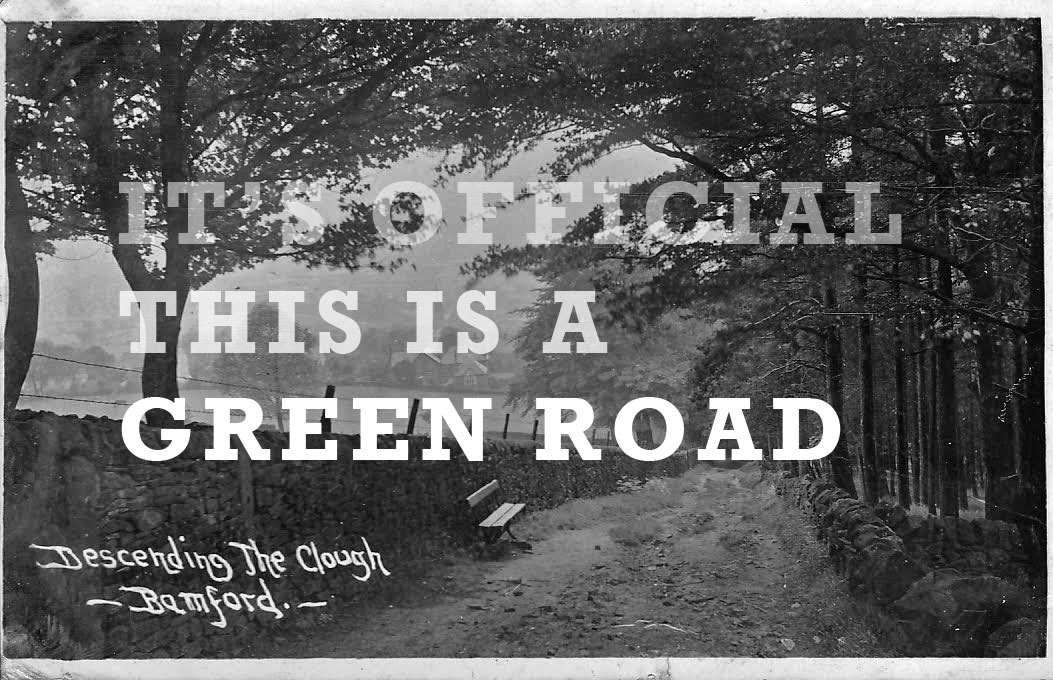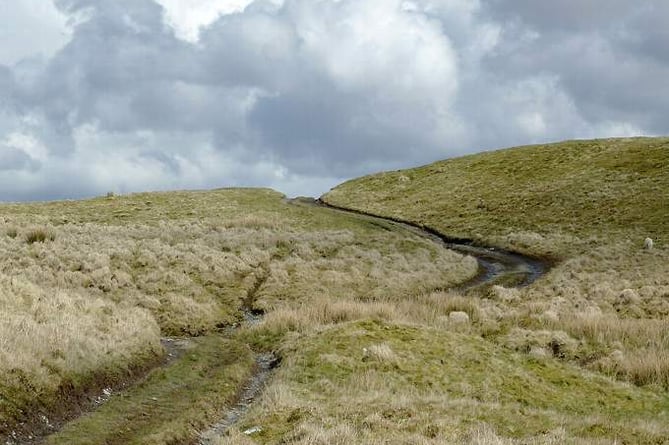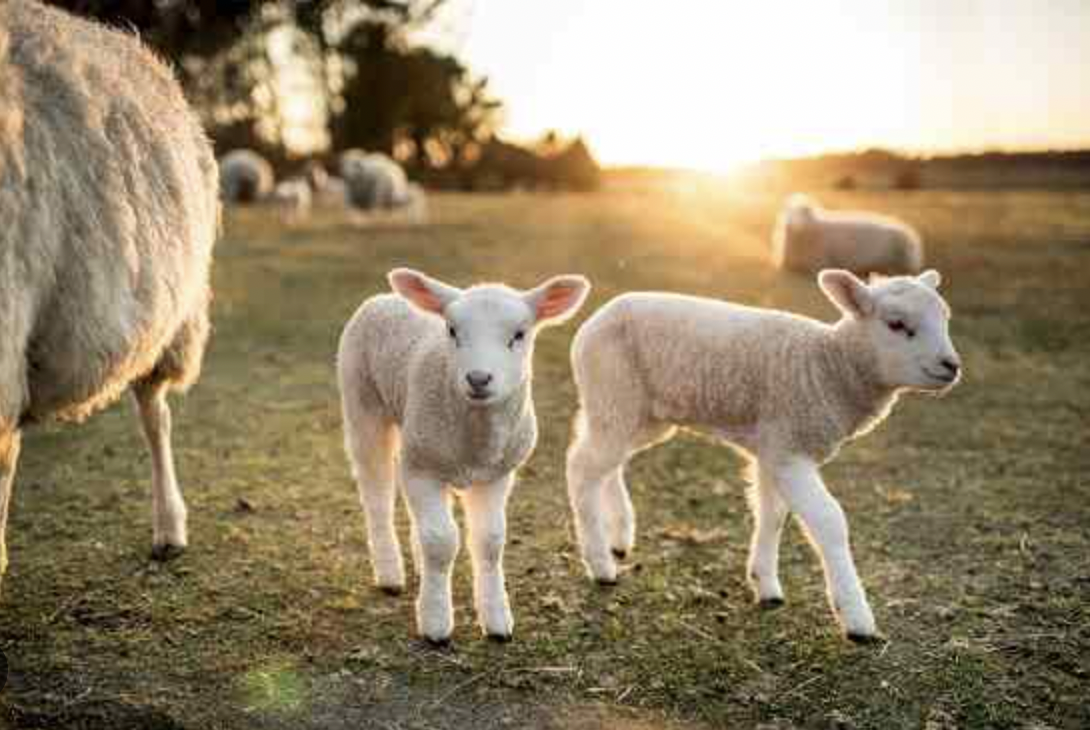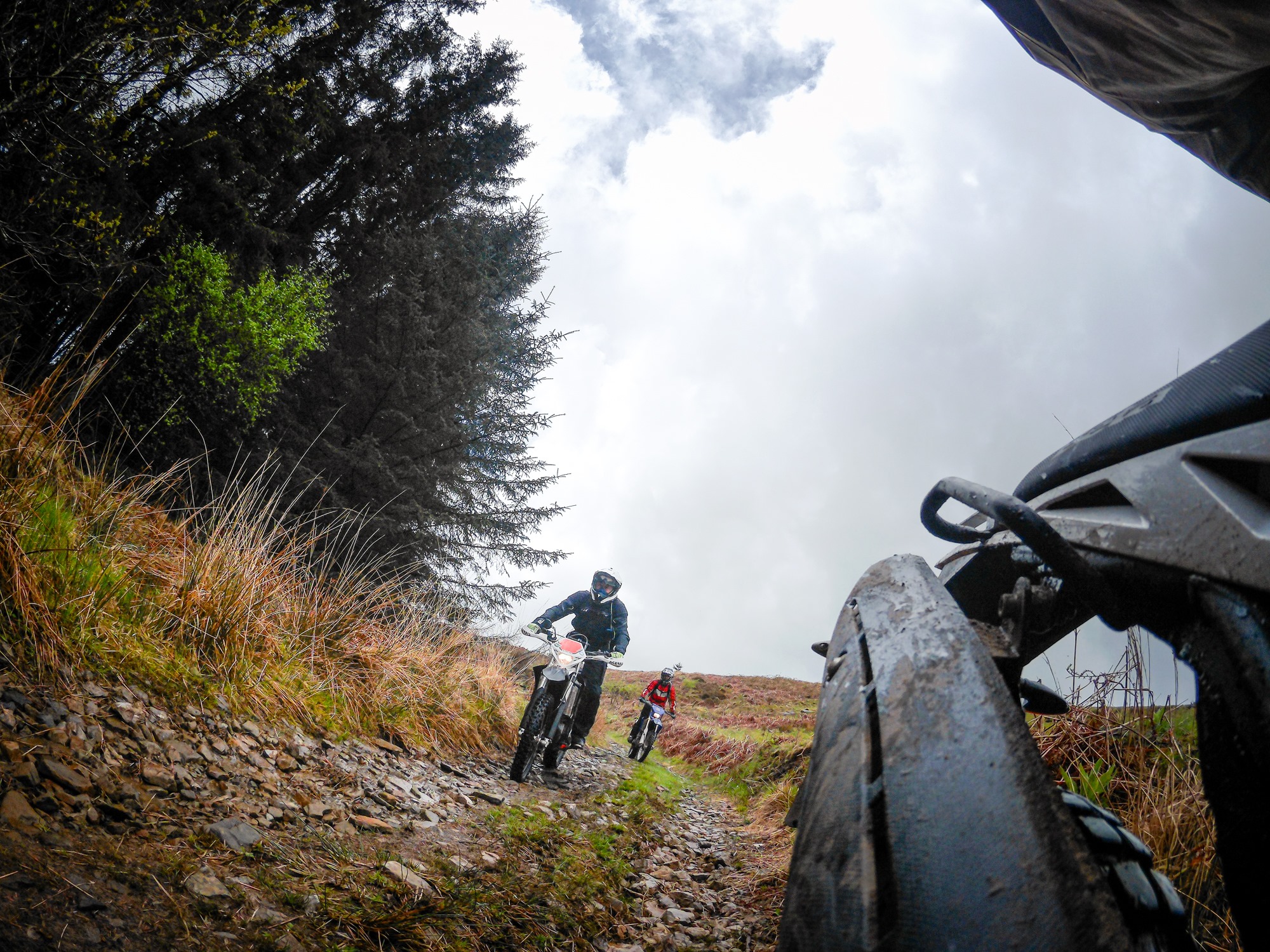The Peak District has long been the front line of the battle for Green Roads in England and Wales. Until recently trail riders have been on the losing side as iconic routes have been closed to all vehicles. However, could the tide be turning? Longtime trail rider and Manchester TRF volunteer Hugh Cleary has demonstrated that sometimes it really does just take patience and hard work to play by the rules of the 'system' and prove that a Green Road is just that, a road. We caught up with Hugh to celebrate the recent B.O.A.T. classification awarded to Bamford Clough.
TRF
Trail riding has become an issue for a minority in Peak District, can you give a little background to the current access that trail riders have and how it has changed over the years.
Hugh
I started riding ‘green lanes’ back in 1973, after my wife and I moved to Stockport in 1972. I bought a BSA 250 Starfire as a rebuild hobby and started to ride around the lanes of Derbyshire. I kept seeing little grassed over lanes and started to wonder to where they led. The BSA would make progress but it had too low a frame so I bought an old road registered Sprite trials bike and then a brand new Yamaha DT175. This new bike was the start of my love of the lanes.
There were very few people riding lanes then but I met a chap who was one of the original TRF members. Together we rode the lanes and I started to get a feel for the Derbyshire countryside. As I said there were few riders and we simply checked a possible route by looking at maps.
The farmers and ramblers we met were always friendly and even when we had gone up an incorrect route the farmers were, as many are now, very accommodating advising where we could ride. They would tell us of old routes that were no longer used, some were quite overgrown and we had to trim back the hedges to find the old stone walls.
There were not as many walkers and very few horse riders then but those that we met were perfectly happy to share the lanes and ideas where we could all enjoy a day out. I must say that the horses were different then too, more of a working horse where as now so many look to have been bred for racing and have a less calm temperament.
The few 4X4 recreational vehicles looked just like farm vehicles and would simply blend into the countryside.
I remember two of us riding Norton singles up on Brushfield and the farmer saying to us, “a brace of Nortons, you don’t see that up here everyday!”.
TRF
With many lanes being closed through permanent TROs, it’s worth celebrating any that we save as Green Roads. Bamford Clough has recently been confirmed as a Byway Open To All Traffic. How did it happen?
Hugh
Bamford Clough has been used by motor vehicles for far longer than I have been around. I know that it was used for reliability trials in the 1930s, that sport declined as vehicles got more reliable and sanitised. Folk earned better wages and seemed to go off for more trips to the seaside or the Peak Dales, taking their young families out to places like Dovestones or Chatsworth. We did the same with our two sons.
Back then the Highway Authorities had more money too and so they used to maintain the drainage of such county lanes but over the past twenty years or so their budgets have shrunk and so cheap quick repairs were carried out, if any were done at all. Less maintenance meant harsher road conditions which modern cars are not designed for so fewer folk used the lanes and they started to get over grown again and fall from favour.
Bamford Clough is typical of how the lack of maintenance takes effect. The original cross drains were set at an angle so that water flow was slowed down and fed into the channels or culverts at either side. The cross drain depressions naturally fill up with vegetation over time so the rain water just flows faster and down the centre of the road, ice forms in winter, the surface breaks up, the water then creates more erosion and so the degenerative cycle continues.
We have used volunteer working parties to assist with repair and maintenance but such currently has been refused by PDNPA. They even actively removed us from some lanes that we repaired in the past.
This route has always been shared but over the past ten years or so I would say that fewer horse riders could cope with the broken surface and steepness although downhill mountain bikers love it. Mountain bikes have increased in popularity over the same period with the riders looking for more challenging routes than a simple tarmac road. No different to rambling, who wants to walk in the countryside on a route that would look like a city centre shopping centre car park?
TRF
Who was involved in the process? I heard that you had to go out and measure the lane…
Hugh
My involvement was quite small in that I with one of DCC’s Highway team measured the width of the lane and objectively recorded its condition at appropriate places along its route.
A number of past users of the route submitted User Evidence Forms and researched historical archives to prove that the route was initially intended for joint public and more importantly vehicular use.
The Highway Authority and DCC Legal Dept. carried out their own investigations, as no doubt did the anti motorists lobby. All of this evidence was presented to the Public Inspectorate which made the decision that the evidence proved the case for motor vehicle use.
TRF
Are decisions such as this just down to luck or can trail riders influence the outcome?
Hugh
The only luck is in finding the historical records. This simply requires time and patience for trawling through ledgers and maps to prove that the route was intended for public use and that motor vehicles are an inclusion of that use.
If we could find a few more volunteers to help us to take up the research then I am sure that we could prove our Right to use more of the countryside.
The real problem that we have is a political one, whereby the PDNPA can over rule the regular legal precepts by nefariously claiming that ‘the use by recreational motorists is not conducive to the character of the environment’. This is very much the same as city people moving in to the rural areas and having church bells silenced or farms prevented from keeping noisy chickens or smelly beasts!
Numerically we are a relatively small user group, up against the might of collective finance and discriminative numbers who simply want to sanitise the countryside to their subjective views.
We already subscribe to a Code of Conduct which in many ways is a simple representative of any countryside user who is prepared to share and respect our limited resources of land and lifestyles
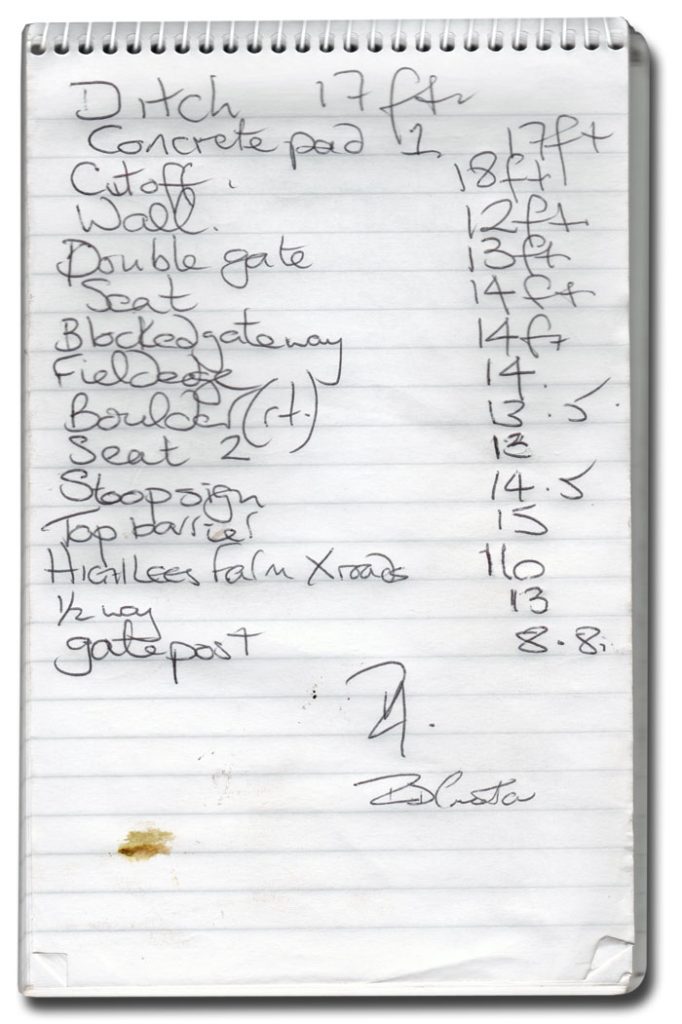
TRF
Finally, what does the future look like for trail riding in the Peak District?
High
Positive. I think that the various demands upon the countryside will increase but only in line with the financial aspirations of those users. People will come to and go from motorcycling just as they always have in the past. Really education and tolerance are the key issues here. It would help if the anti motorists groups would stop peddling mistruths and come to the table to seek a genuine consensus solution.

